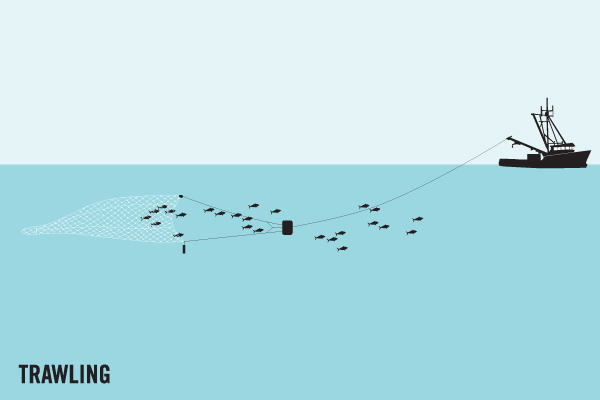Average Weight/Length
Both species average 10-12 inches, but commonly reach 15 or 16 inches.
Other "Popular" Names for this Fish
'Hoo, Halfbeak
Location Habitat
Most common around reefs and shoalsk, but widespread from deep water to larger bays. An inshore, surface-dwelling species forming sizeable schools. Feeds mainly on sea grasses and small fishes. Mainly used as bait for offshore game fishes such as sailfishes and marlins; utilized as a food fish in the West Indies.
Biology & Physical Description
Ballyhoo differ from the Needlefishes in that only the lower jaw of the 'Hoo is elongated into a "bill." Several species occur in our waters, but only two are prominent. Their ranges overlap and their appearance is so similar that few anglers care about distinguishing them. The ballyhoo, shown here, has a short pectoral fin and the upper lobe of its tail fin is gray. The Balao, Hemiramphus balao, has a long pectoral fin and the upper lobe of the tail is reddish. Dorsal soft rays (total): 13-14; Anal soft rays: 12 - 13. No ridge between nostril and eye
Geographic Species Map (Fishbase.org Map)
|
|

|
Summary of Distribution: Western Atlantic: Massachusetts, USA and northern Gulf of Mexico to Brazil, including the Caribbean Sea; absent in Bermuda. Eastern Atlantic: Cape Verde and Dakar, Senegal to Luanda, Angola |
|
Note: Distribution range colors indicate degree of suitability of habitat which can be interpreted as probabilities of occurrence (fishbase.org) |
|
Sport Fishing Techniques
|
|
TrawlingTrawling is when.... |
|
Tackle & Baits
Ballyhoo respond readily to ground chum. Although cast netting is the way to capture more of them, they can be caught with tiny hooks and small bits of cut bait, fished from spinning outfits or poles.
Game Rating
Game Rating : 2/10
Game Description :
Cagey biters and zippy little fighters, but too small to merit attention except when bait is needed.
Food Rating
Game Rating : 4/10
Game Description :
Not bad, but seldom eaten.




















 Ballyhoo (Bait Fish)
Ballyhoo (Bait Fish) 


